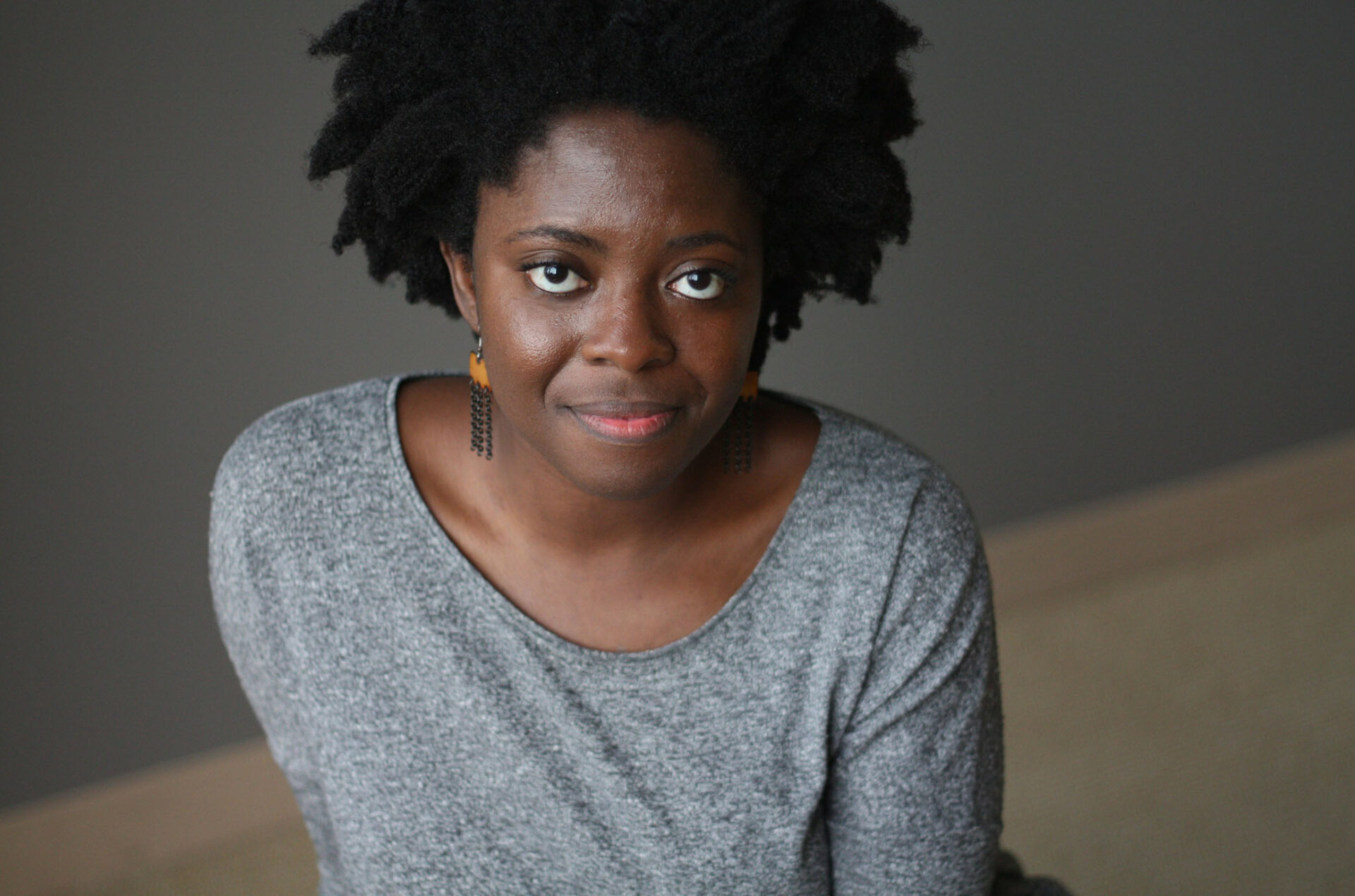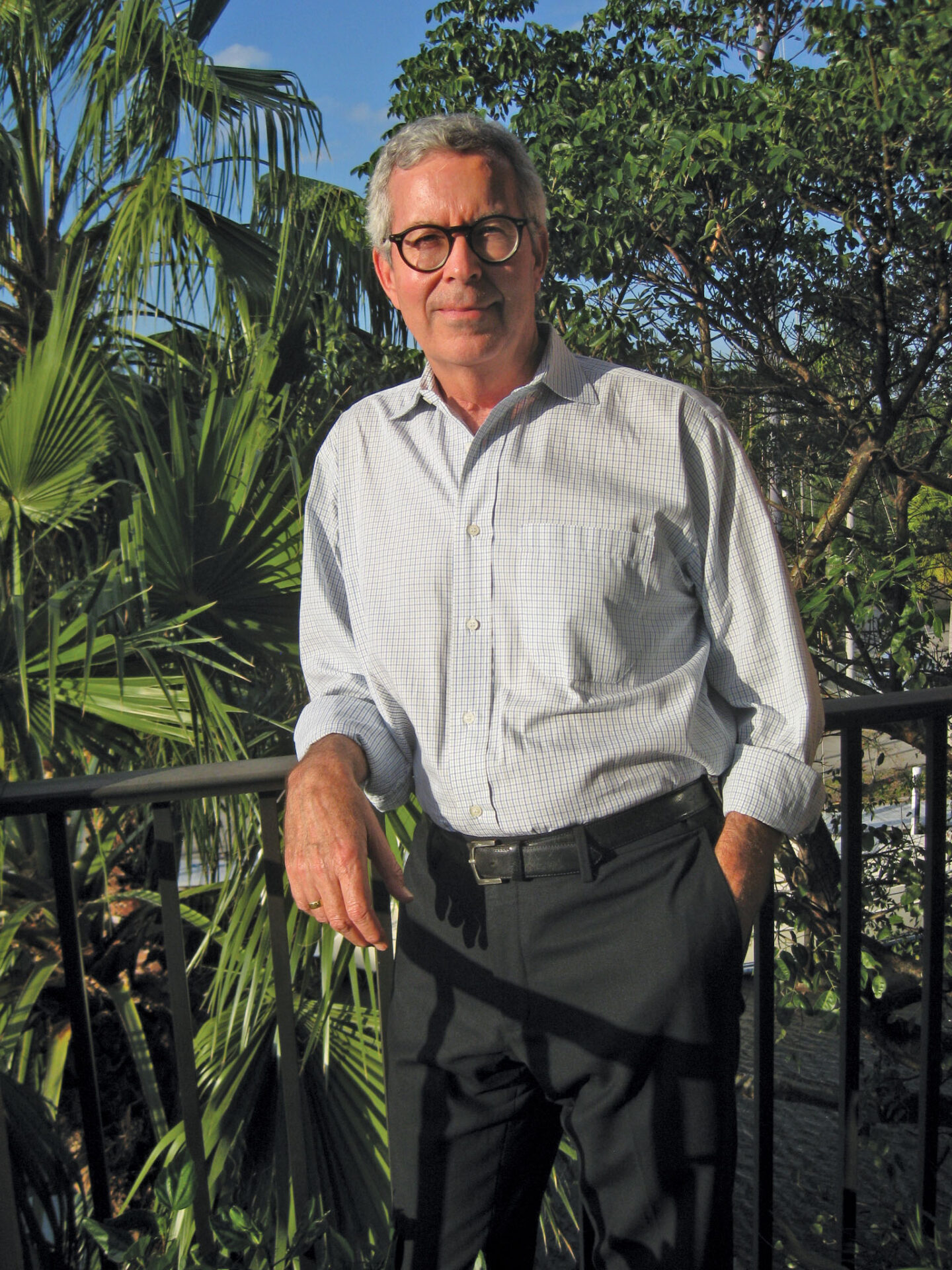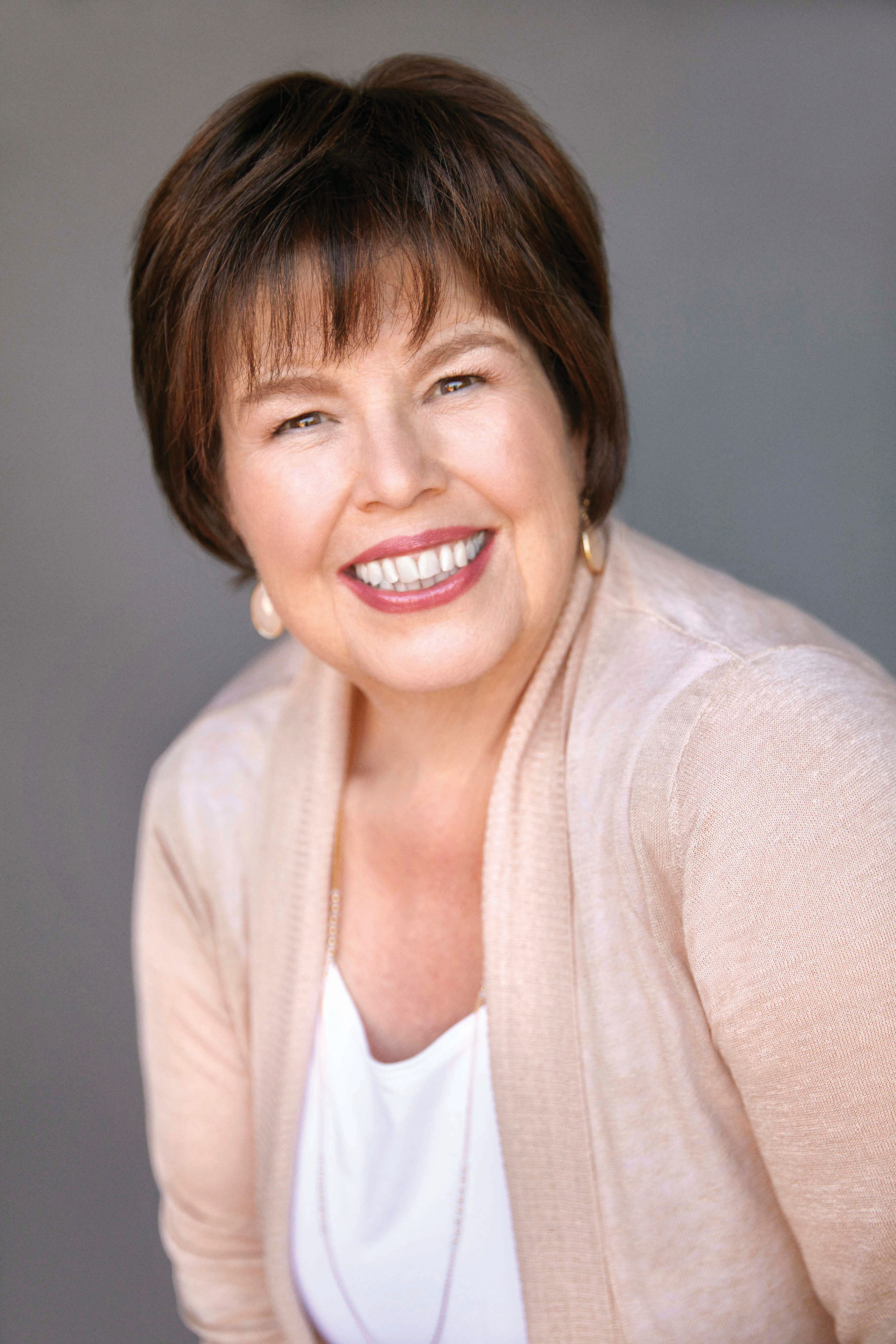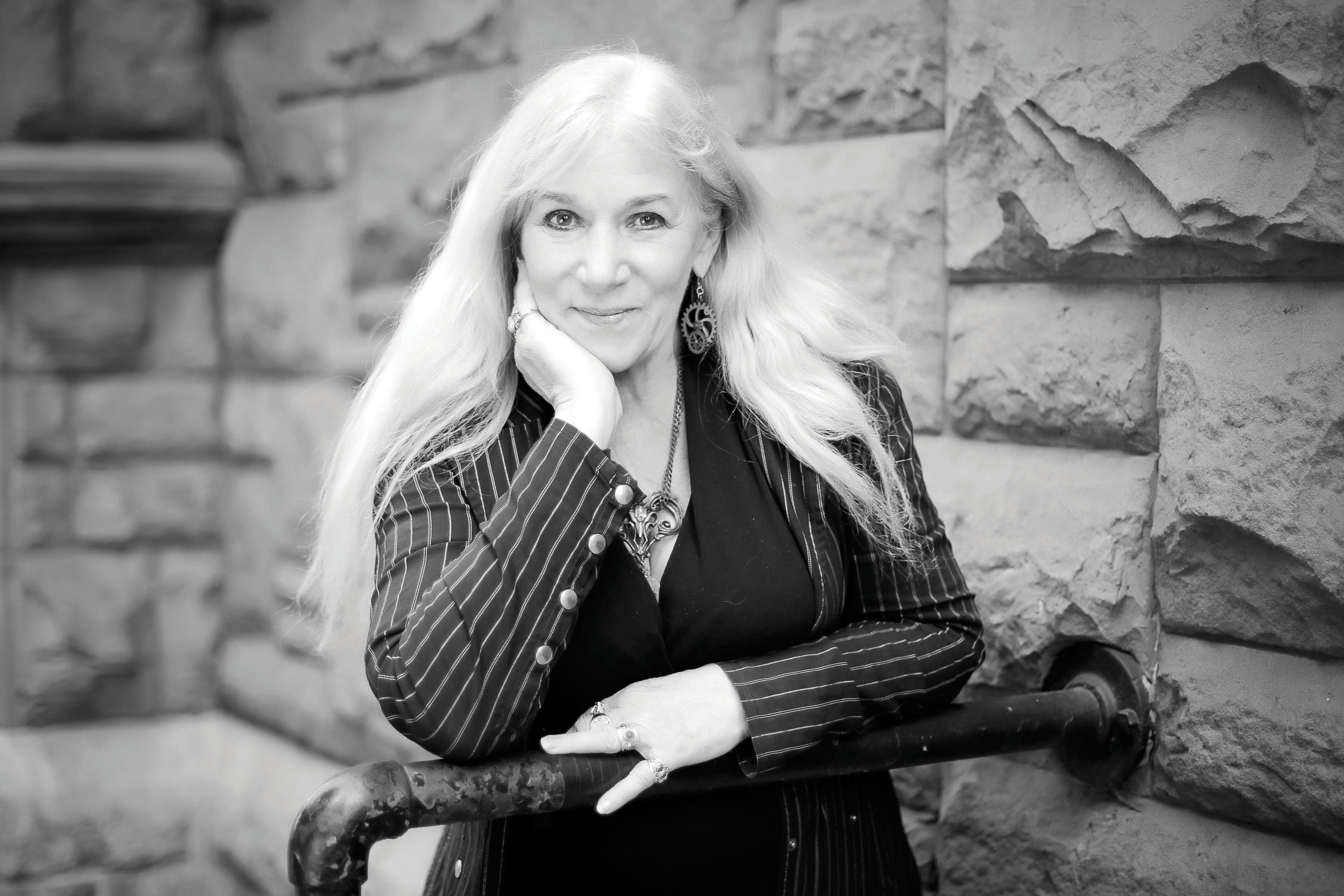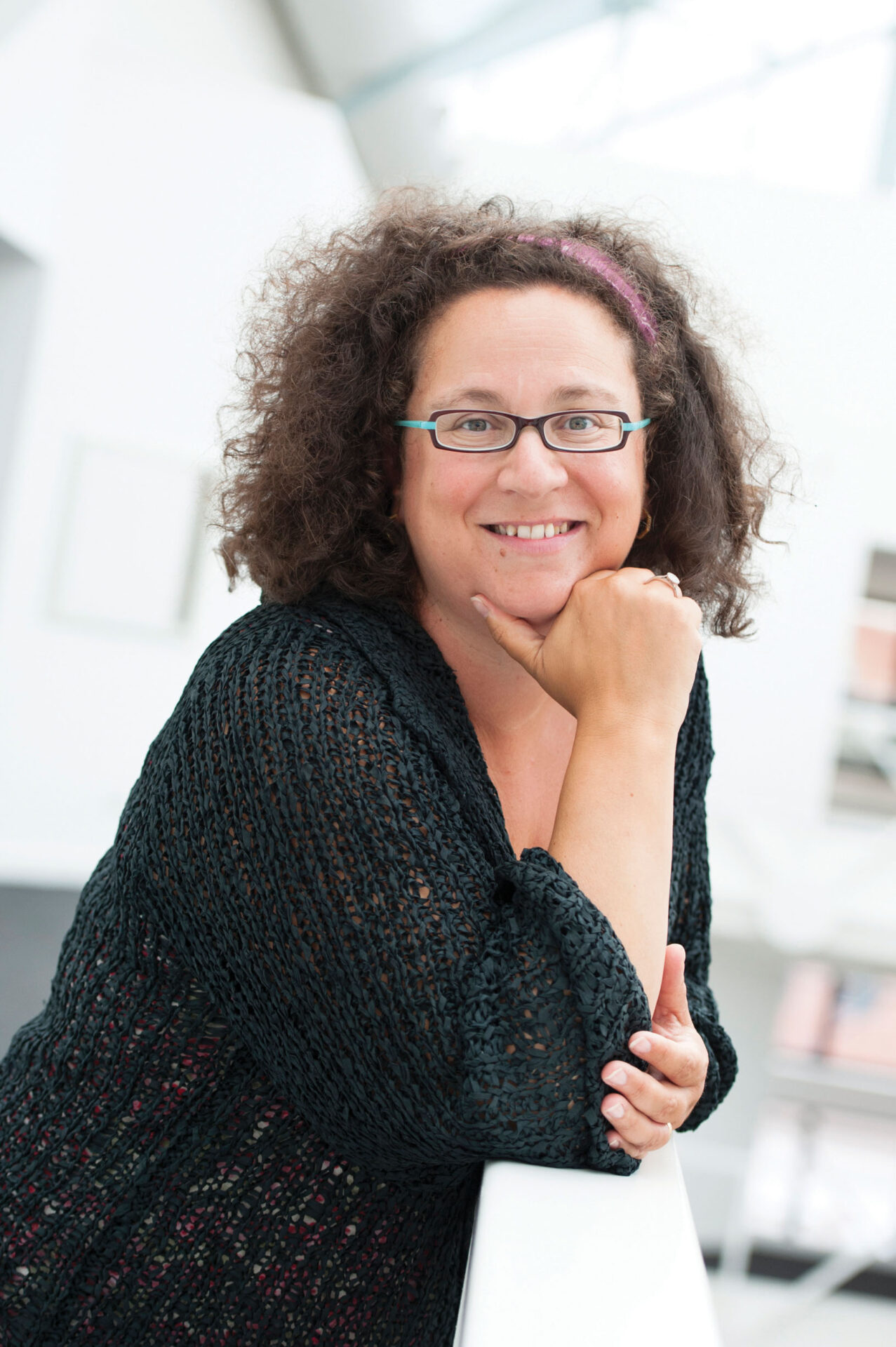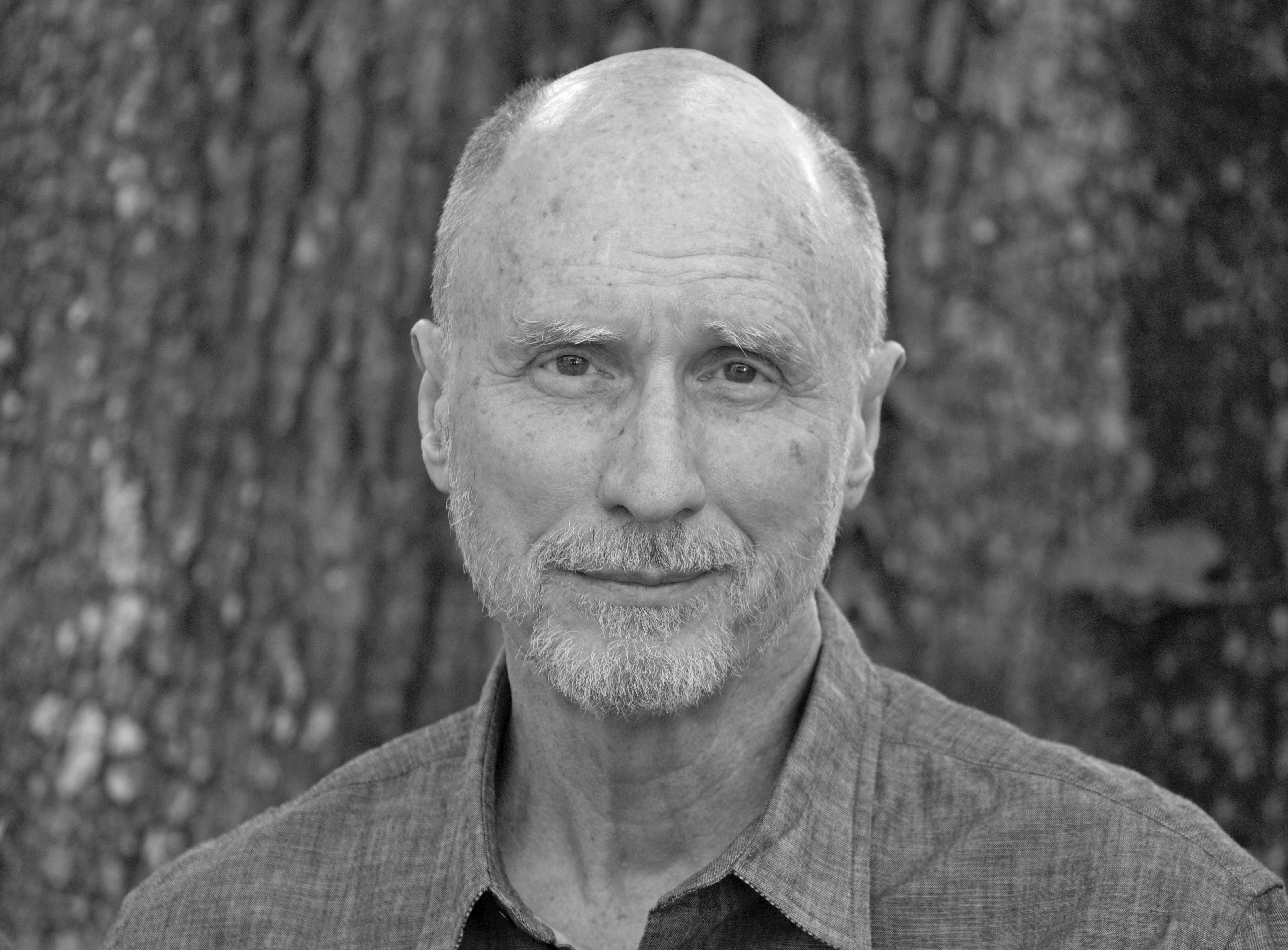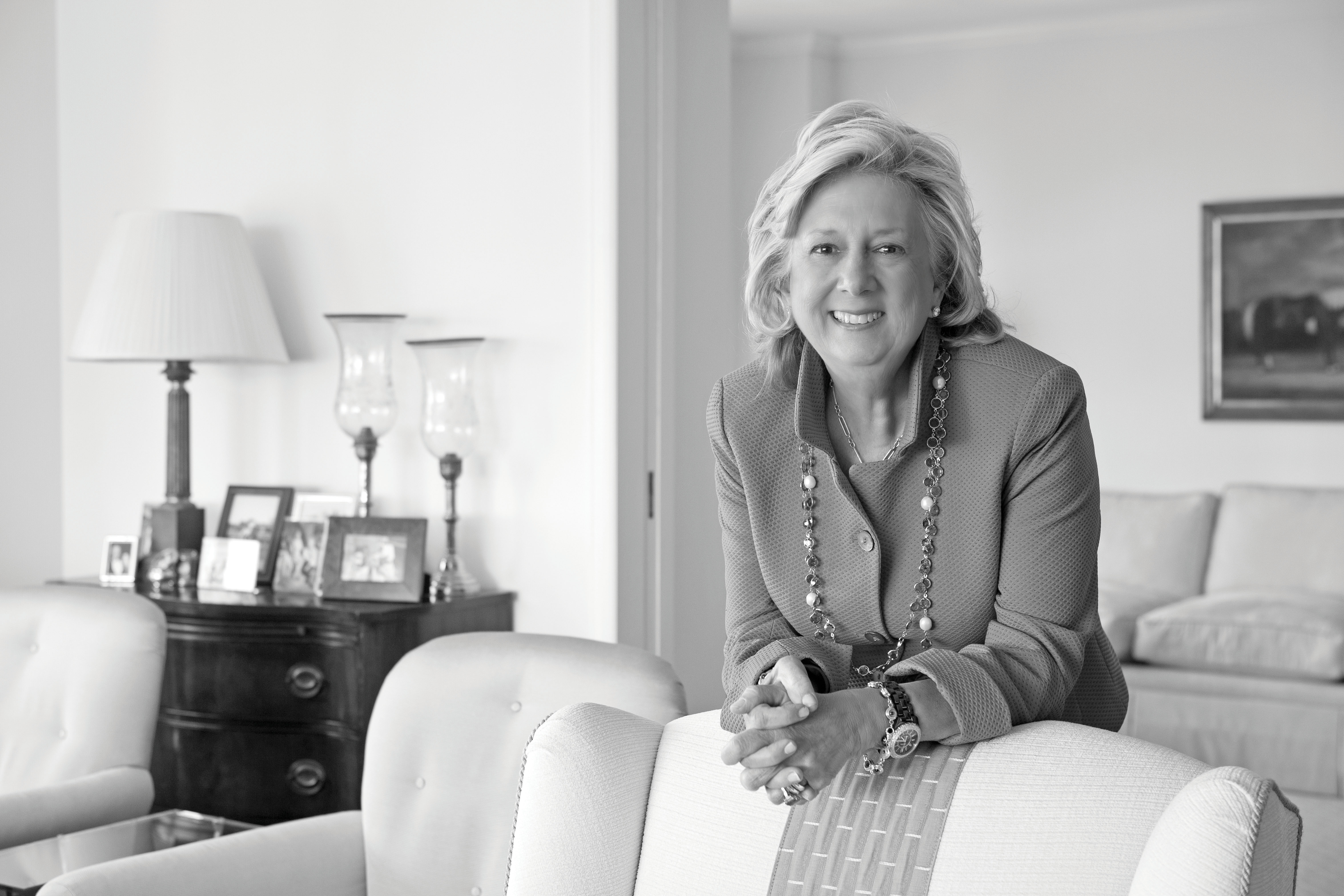By Nila Do Simon
DR. JAMES HAMBLIN
When did you know you wanted to transition from being a full-time physician to writing and producing a web series?
This is a long, long story, some of which I get into in the book. But basically I never intended to stop practicing entirely; I just got into writing and couldn’t stop because I got some opportunities that I considered once-in-a-lifetime, like writing this book. I might start practicing again. I do miss it.
How did the idea of the web series “If Our Bodies Could Talk” come about?
In short, The Atlantic started a video department, and I was lucky enough to spend some time in front of the camera, and people seemed to not hate it, and I enjoyed it. So we kept making more videos, and then one thing led to another, and then President Obama came on the show.
When did you first mull the idea of publishing your debut book, If Our Bodies Could Talk?
It’s something I’ve wanted to do as long as I can remember. This one became an idea because a lot of people who ask me a lot of health questions specifically said, “You should make this into a book.” So I did. Since college, I’ve envisioned a book of anatomy and physiology that didn’t read like a textbook. I think basic knowledge of how bodies work could keep a people healthier and happier and less concerned and beholden to marketing. And I enjoy trying to get that stuff across in story format, so here we are with a sort of non-traditional textbook.
What makes If Our Bodies Could Talk different from other medical books?
I’m used to writing for a general-interest magazine on the internet, where you don’t really know who your reader is going to be. It could be someone who did his or her doctoral thesis on the thing I’m writing about, or it could be someone who doesn’t really know what a cell is. I’m used to walking that line where I don’t bore the experts and don’t alienate the people who aren’t into health and science. I get into some heavy ideas in this book, actually the heaviest I could think of (end-of-life care, pharmaceutical costs, cancer genomics). I’m sure I’ve failed in more than a few places to walk the line between important and interesting, but I’ve done my best, and hope overall the book helps with basic biomedical literacy and advances some bigger ideas.
You’re fluent in many storytelling media: stand-up comedy, magazine journalism, webinars and books. What makes the long-form literary narrative such an impactful storytelling device?
I think it’s about relating to people’s stories that give life to scientific concepts that are otherwise super-boring to most. That’s how I remembered everything in medical school, by trying to understand real-world cases and applications. Long-form writing lets you do more than just list stats and describe studies, and fill out a world that’s hopefully memorable.
GARETH RUSSELL

Gareth Russell; Young and Damned and Fair: The Life of Catherine Howard, Fifth Wife of King Henry VIII (Simon & Schuster); Photo by Kelvin Boyes.
What about Henry VIII’s fifth wife, Catherine Howard, enticed you to write a book?
When I was 18, I considered writing a book about queens whose lives had ended horribly. I picked six, but the only chapter I ever finished was on Catherine. The more that I went back to the archives, the more fascinated I became, and I realized that Catherine’s story was very different than how it is usually presented. It seemed to me that justified a new, full-length biography of her.
How do you make your storytelling of the era of Henry VIII relatable to today’s readers?
The easiest policy is usually to tell the truth, so that is what I try to do in Young and Damned and Fair. I find that people love the strangeness of another era—so I gave myself time to explain to the reader that there were incredibly detailed confession manuals sent out to priests with guides on what penance to apply on differing sexual sins. But there is also something intensely relatable through the humanity of the Tudor story. I think if you let the truth of each figure’s personality show, then readers will be able to react and invest in the story you’re telling.
How are able to adapt to writing non-fiction after writing fiction?
You know, it is honestly a much bigger adjustment than I first anticipated. But I think the reason I feel so comfortable moving between them is that I truly love writing both.
SAMANTHA ETTUS
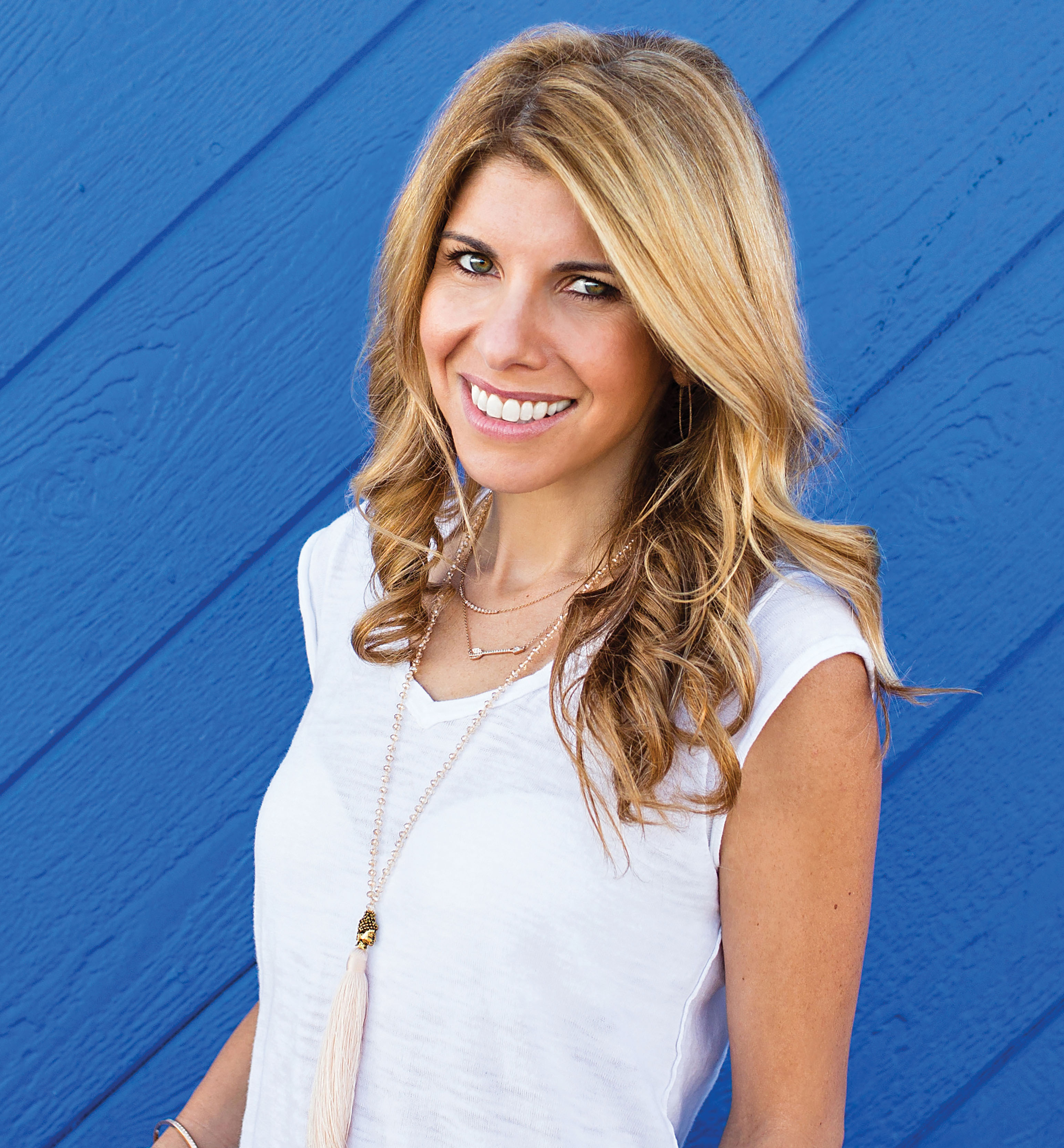
Samantha Ettus; The Pie Life: A Guilt-Free Recipe for Success and Satisfaction (Ghost Mountain Books); Photo by Katie B. Photography.
“I’ve always loved helping people,” says author and work/life expert Samantha Ettus. “I’ve always had a hard time seeing people who don’t achieve their top potential. I joke that a bit of unsolicited advice goes a long way.”
Thankfully, Ettus has been dispensing useful unsolicited advice to millions of Americans and, in particular, women for decades. Since earning her MBA at Harvard, Ettus has been dedicated to showing women that work and life can indeed be balanced. Even Facebook CEO Sheryl Sandberg has listened, quoting Ettus in Sandberg’s bestselling Lean In.
The mother of three, Ettus has a dizzying schedule as a bestselling author of four books, host of a nationally syndicated radio show, sought-after motivational speaker and go-to expert who has appeared on the “Today Show” and “Good Morning America.” So who better than her to discuss work/life balance?
Ettus will be sharing her insights with Fort Lauderdale audiences on February 20 as the headlining author at the LitLunch! luncheon, where she’ll discuss her latest book, The Pie Life: A Guilt-Free Recipe for Success and Satisfaction. The book is a guide to self-improvement by focusing on seven main parts of a woman’s life: health, relationship, career, friends, hobbies, community and children.
“In the book I guide people through being aware of how much time they dedicate to each slice,” she says. “The purpose isn’t to beat yourself up over how much time or how little you dedicate to a certain slice. Even if the hobbies are just a sliver, keep it on it your radar. Don’t remove it. What’s important is to be cognizant of these slices and don’t ignore them.
“What ends up happening is that these slices don’t just reappear. It’s important to really keep that up. Your kids are going to be OK if you go out once or twice in your life, but some women feel guilty if they do that. I want to show women that it’s OK to lose the guilt and drop the quest for perfection because that’s an impossible goal.”
Ettus had help in creating this book, including from celebrities such as TV producer Shonda Rhimes, news anchor Gayle King, Marie Claire magazine Editor-in-Chief Anne Fulenwider and several other high-profile working women. The Pie Life showcases real-life stories as prime examples of how living with children doesn’t signal the end of a professional life.
The stories have made an impact. A reader wrote: “Your book is finally getting me out of my sweatpants.” For Ettus, hearing how readers react shows her that others agree that balancing life doesn’t need to reflect perfection. Instead, it’s become about women who are able to make the messy parts of life work for them.
“The reason why I love the pie analogy is because the most delicious pies are the gooey, messy ones with things dripping over the sides,” she says. “And that’s how life is sometimes.”
LINDA THOMPSON

Linda Thompson; A Little Thing Called Love: On Loving Elvis Presley, Bruce Jenner, and Songs in Between (Dey Street Books); Photo by Harry Langdon.
How would you describe your latest book?
I begin by saying that it is a difficult process to go back and excavate old memories and feelings, and re-experience them deeply enough to articulate them effectively for the reader to empathize and relate.
When did you know you wanted to be a professional writer?
I have written poetry since I was 9 years old, and my original aspiration was to have a book published of my poetry and lyrics, perhaps accompanied by photographs I had taken. However, my life took on so many interesting twists and turns that I felt a responsibility to life itself to chronicle my journey.
How did you come up with the general concept of your latest book?
I lived it! My belief is that in sharing our journeys, life experiences and lessons garnered along the way, we connect to each other, and in the process discover not only interesting aspects of other people’s lives—some of the mysteries of our own lives are revealed to us.
What can your fans expect from you next?
A vacation. Then perhaps a book of quotes, health, fitness and beauty tips. A lifestyle book perhaps. But first that vacation.
THOMAS SWICK
The Synopsis: The Joys of Travel explores, through essays and stories, what I think are the seven fundamental pleasures of travel: anticipation, movement, break from routine, novelty, discovery, emotional connection and heightened appreciation of home. Many travelers are so focused on the logistics and the sights that they often overlook, or fail to fully appreciate, these joys that are an essential part of every trip (with the exception of emotional connection, which is rare and all the more precious because of that).
The Prologue: I remember vividly the day my first article appeared in The Villanovan. After my morning class I walked the length of the campus and got compliments and congratulations, it seems to me now, every few steps. (This was at Villanova, which, back in 1972, had only about 4,000 students, almost all of whom read the college paper.) It was an extremely heady and seductive experience; all of a sudden, I was not just a published writer, I was Somebody. That moment solidified my desire to become a writer—the fame! the glory!—though I have never again received anything close to that kind of public acclamation on publication.
The Backstory: Over the years, whenever I told anyone what I did for a living, the response was almost always enthusiastic. “Travel writer?!?” people would frequently say. “I would love to do that!” So I started asking myself: What is it about travel that people find so appealing? And I came up with the seven joys. There were no books that looked at travel in this way, that identified the individual components of a trip that give us pleasure. Fifteen years ago Alain de Botton wrote The Art of Travel, but that was more of an academic work, looking at artists like Flaubert and van Gogh. And Paul Theroux, the dean of American travel writers, published The Tao of Travel, but it is more of a collection of aphorisms.
The Next Chapter: I’m working on a memoir about how I became a travel writer, starting with my first newspaper job—as a feature writer, which was excellent training for a future travel writer—and covering the years I spent teaching English in Greece and Poland.
JUAN MARTINEZ
A gunshot to the head. Nearly 30 stab wounds. Extensive media coverage. Taken in tandem, these elements sound like a too-crazy-to-believe Hollywood movie, but in fact this courtroom case that was famously played out on national television happened in real life. And the man closest to the case has come out with an in-depth book about the shocking investigation that brought Jodi Arias a life sentence for the first-degree murder of her boyfriend, Travis Alexander.
In prosecutor Juan Martinez’s first-ever book, Convicted: The Untold Story of Putting Jodi Arias Behind Bars, he reveals the behind-the-scenes story of the work and the effort that he put into the case. In it, he shows that Jodi Arias’ claim of self-defense was something that she fabricated, and, after months of trial, the jury eventually agreed. The book details how Martinez, as a one-man prosecution team, found clues in Arias’ witness-stand accounts that led to her conviction.
Despite the public’s obsession with the 2013 trial, which received unprecedented media coverage (Fox News Channel alone had 2.76 million viewers), Martinez says parts of his book will surprise even the most avid follower of the event.
“The story details how I went about unraveling Arias, and proving things that she claimed were true were indeed not true,” Martinez says. “For example, she made certain claims about a route that she may have taken on the trip that resulted in the killing, and that was one thing I pointed out that was mathematically impossible to do.”
And does Martinez see another book or two in his writing future? “I’m not sure, but I’d like to,” he says. “Writing this book was the hardest thing I’ve ever had to do, and I have so much more respect for writers now than I ever had before.”
LAWRENCE MILLMAN
The Synopsis: At The End of the World describes killings in the name of religion in 1941. The setting is some extremely remote, Inuit-inhabited islands in Hudson Bay. One Inuk proclaimed himself God, another Jesus, and anyone who disagreed with them was Satan and, as a result, killed. Since I don’t think it’s possible to write about the past without writing about the present, the book also considers our current obsession with screens (TVs, computers, iDevices, etc.) and how this obsession is corrupting our sense of nature.
The Prologue: I went to live in the west of Ireland, where I discovered a wholly different way of life from what I was used to—a culture where the spoken word was vastly more important than the written one. I wrote about this culture in my first book, Our Like Will Not Be There Again, and then it was off to the races. Since then, I’ve devoted myself mostly to documenting vanishing ways of life that I value, sad to say, far more than I value the contemporary way of life.
The Backstory: In 2001, I visited the Belcher Islands in Hudson Bay and heard about the 1941 murders from various Inuit elders. I wanted to put pen to paper because the story (and the islands themselves) was virtually unknown to the outside world. But I needed a powerful nudge to write the story. That nudge occurred in 2013. You’ll have to read the book in order to find out what it was!
The Next Chapter: I’m a mycologist (mushroom expert), and I am working on a collection of short stories that feature mushrooms. You want an example? In one of the stories, entitled “Faust: A Revision,” a mycologist discovers a whole new fungal phylum because he’s sold his soul to the devil, but things get a little complicated when it turns out that he doesn’t have a soul.
JENNIFER KEISHIN ARMSTRONG
How would you describe your newest book?
I describe my books as biographies of a television show. The book essentially combines historical research, interviews and on-the-scene reporting into a comprehensive narrative about “Seinfeld,” from its inception through its still-intense fan culture today and its lasting cultural impact.
What details will avid fans of the TV show find surprising when they read the book?
One of my favorite “scoops” in the book is the story, told for the first time, of the inspiration for the “Elaine dance.” (If you recall, she was an… interesting dancer.) That actually came from none other than “Saturday Night Live” creator/producer Lorne Michaels. The writer of that episode, Spike Feresten, started his career as an assistant at “SNL,” and was so intimidated by Lorne that he couldn’t even look him in the eye to give him his phone messages… until he saw Lorne dancing with Sinead O’Connor at an SNL after-party. It was, he said, just like the Elaine dance we know and love today. And it helped Spike to see that his boss was just a regular person… who happened to be a comedy god.
How do you transition from newspaper writing to writing novels?
I started writing for newspapers when I was about 16, so hopefully my writing has evolved a lot! I would say the biggest change from my first book, which was published in 2010, to now is that I actually learned how to trust the story. I was trained as a journalist, so I always knew how to track down facts and throw them together. For books, I had to learn to follow my instincts when it came to building a story—holding certain details back, not dumping them all at once or just relying on interview quotes to do the work for me.
How would you describe the power of the written word in today’s environment?
We have these fun, short ways of communicating quickly. But we need to take a longer view as well. My book subject actually illustrates this well: There are plenty of websites, wikis and Twitter accounts dedicated to obsessing over “Seinfeld,” but only a book can tell the show’s entire story.
What can your fans expect from you next?
I am currently working on a similar book about “Sex and the City.”
DEBBIE MACOMBER
Debbie Macomber; If Not For You (Ballantine Books); Photo by Deborah Feingold.
How would you describe your newest book?
If Not For You is a story of two people healing: one physically from a terrible car accident and the other emotionally from a painful ending of a relationship.
What makes your storytelling such an adaptable narrative, even spawning off a Hallmark Channel movie?
The gift God gave me is that of being a storyteller. To me, the book is about story. I don’t get bogged down in the details or description. Words sometimes get in the way with me. It isn’t important to me what the heroine looks like; rather, what’s important is what she’s doing and why. The funny part is that the readers will often comment on how much they enjoy the way I write description when actually there is very little in my books. This tells me that their brains fill in the details for them as they become involved in the story.
Why is the literary word still such an important form of communicating thoughts and storytelling narrative?
Books are a means of communicating, of linking with others, of peeling back the layers of life. From the time before the written word, when stories were passed along while sitting around an open fire pit, to reading an entire book on your wrist, there is story and there will always be story.
What can your fans expect from you next?
The next book in the New Beginnings series is titled Any Dream Will Do, and the theme is redemption. The heroine is recently released from prison and looking to make a new start in life. She has learned lessons from her past mistakes and dreams of a better future.
HEATHER GRAHAM
How would you describe your newest book?
This is the second book in my new romantic suspense series about a forensic psychologist who’s part owner of Finnegan’s on Broadway, a popular New York City pub. In A Perfect Obsession, Kieran Finnegan is in the midst of an historic discovery when a very modern body appears in a very old coffin. The site of the discovery, Club Le Vampyre, is right behind Finnegan’s so Kieran finds herself involved from the get-go—naturally drawing her love interest, Special Agent Craig Frasier. It’s hard enough finding a killer, but twice so when it turns out that Kieran’s twin brother was the mystery lover of one the most beautiful victims of the killer.
Why is the literary word still such an important form of communicating thoughts and storytelling narrative?
I firmly believe that if you can curl up with a good book and an immersive story that has the power to transform your world—if only for a while—your life will never get old! So while I’m all for the occasional emoji shorthand, it’s still through the power of words and stories that we make our voices heard and connect with others.
What can your fans expect from you next?
Coming up in a year will be a third installment of the Finnegan’s on Broadway stories, with Craig and Kieran solving the murder of a Jane Doe—who happened to thrust a baby into Kieran’s arms moments before being stabbed to death. Summer will have three more paranormal Krewe of Hunter books; all three will revolve around one couple with mysteries, murder and mayhem involving a copycat serial killer, the Quabbin, witchcraft and cults in Massachusetts.
SOPHIE HANNAH
The Synopsis: Closed Casket is my second novel featuring Hercule Poirot and his sidekick, Edward Catchpool. Poirot and Catchpool are invited to a country house in Ireland, where a famous writer of mysteries for children announces that she is changing her will to benefit a terminally ill man. But why would she leave everything to someone who is certain to die before her?
The Prologue: I’ve been writing for a long time. My poetry was published before my novels. Once I was established as a psychological thriller writer, I was approached by the Agatha Christie estate to write a new novel featuring her detective, Hercule Poirot. This opportunity came out of the blue, and I was thrilled because I had an idea for a plot that wouldn’t have worked for my series detective, Simon Waterhouse. It needed a golden age detective—like Hercule Poirot.
The Backstory: I’m a massive fan of Agatha Christie, and her best books have solutions that can be summarized in four words. They’re brilliantly simple twists that are impossible to guess, but they’re totally satisfying when you read them. I had one of these brilliantly simple, high-concept ideas, which is unusual for me as my plots tend to be more complex than simple. It was an idea that suited Poirot perfectly, and I’m really proud of Closed Casket.
The Next Chapter: I have a new psychological thriller out this summer. It’s provisionally titled Did You See Melody? and is set in Arizona. It centers around a little girl, Melody, who was presumed dead seven years ago: America’s most famous murder victim. A British woman on holiday sees someone she thinks might be Melody. Then the woman goes missing….
YAA GYASI
Few millennials have the fluidity and depth to understand what happened an ocean away and nearly three centuries ago. But Yaa Gyasi, literature’s new wunderkind, has done just that in her debut novel, Homegoing. Set in Ghana during the 1700s, Homegoing is a story about familial differences at a time when the West African country was being exploited for slavery by the Europeans. Two sisters lead markedly different lives—one marries a British officer and lives a relatively privileged existence while the other is swept into slavery—and the generational tale only begins to unravel there.
Born in Ghana to a father who was a professor and a mother who was a nurse, Gyasi and her family left their home country when she was 2 for the United States. After a series of moves for her father’s career, they eventually settled in Alabama, where they became the only Ghanaian family in their neighborhood and one of a handful of African families.
It wasn’t until a trip back to Ghana during her sophomore year at Stanford University did Gyasi begin to see the formation of Homegoing. She took a tour of Cape Coral Castle, an old fort that housed both Ghanaian slaves and those who married British soldiers. The concept of the two sisters’ juxtaposed lives came to Gyasi here. She kept it close to her heart as she graduated from Stanford and went on to receive an MFA at the prestigious Iowa Writers’ Workshop, and then plunged deeply into writing the novel.
Praise has been overwhelming for Homegoing, with critics from around the nation acclaiming her strong character development and storytelling skills. Though for Gyasi, it isn’t as much her words that she looks to bring to light as it is the subject matter. “A lot of people in America aren’t really exposed to African history, specifically as a country of individuals,” she says. “I’m glad to have this book as a sort of intro to Ghanaian history and to connect with today’s readers.”
To do this, she revived a slave term: homegoing. Referring to the belief that when slaves died, their souls would be transported back to Africa, Gyasi says, “I liked that resonance with the connection to African-Americans and the African diaspora.”
Gyasi is looking to make a little history of her own. Along with writers Colson Whitehead and Ta-Nehisi Coates, Gyasi has become this generation’s Toni Morrison and wants to inspire other Africans and African-Americans to tell their stories.
“Publishing is incredibly white, and you do want to see moments where people are accepting more black authors,” she says. “And I hope black writers still continue to work on books that tell their stories and their points of view.”
As for her other unofficial title as one of the faces of America’s literary nouveau, Gyasi believes storytelling and novel writing are still what people crave, even as we live in the fast-paced world of tweeting and texting.
“Novel writing is a rare form of art where you can imagine being in other people’s shoes, and it can collapse the distant wall that people have,” she says. “With a novel, the ability to be discursive and let your mind wander is different than a tweet or short story. The length allows you to have a longer exploration, and that is an exciting format.”
ANDREW GROSS
Describe your newest book: An escaped Polish Jew is convinced to return to where his parents were murdered by the Nazis to smuggle out the one man the Allies believe can help win them the war.
The anatomy of a good thriller: A growing sense that what’s at stake is greater than the hero’s capacity to control it; that the hero is trapped by the events of the situation, and cannot simply back out or call the cops; that what’s at stake is more personal to the hero than simply solving the crime or saving the world; that it is rich in atmospheric detail; and that you, the reader, care or are invested in the outcome.
The research that went into this WWII story: Well, as a Jew, the bar of historical responsibility is high when you write on the Holocaust, so you better get it right. And at this point, add something that hasn’t already been done before. I didn’t set out to write the definitive book on Auschwitz—that’s been done by people who actually witnessed it firsthand. But having life and death control over your own characters, who are real to you, gives a sense that you are living through it yourself, firsthand. It’s energizing in a way reading the books or seeing the movies or going to the museums is not.
On collaborations with James Patterson: For me, working with James Patterson was like getting an MBA in thriller management. I learned how to create and foment suspense and how to keep it building to the end of the book. I also got a strong sense of how to market a book on the highest levels. And it wasn’t so bad to have someone with his credentials you could call and discuss the little problems one always faces in a book.
The importance of the literary word: While movies and online stories deliver the immediate gratification of an impulse, books will always survive because at heart, we writers are storytellers, and that’s what people respond to. And laying it out in a book, and letting someone’s imagination wind through it as they read, will always be the most natural medium to tell that story.
What’s next: Another WWII book. I’m staying in the genre. This time, the story of how Brits and Norwegians organized a daring raid in the most hostile environment in Europe that ended the Nazis’ attempts to create an atomic bomb. It’s a story of singular heroism and courage.
JOYCE MAYNARD
When she was 14 years old, Joyce Maynard was published in Seventeen magazine. As an 18-year-old freshman at Yale, she wrote a cover story for The New York Times Magazine. A year later, she and a 53-year-old J.D. Salinger embarked on a nine-month love affair, which included her moving into his New Hampshire home. In more ways than one, Maynard was a part of the highest echelons of writing, all by the age of 20. Since then, she’s become one of America’s best-read fiction and non-fiction writers, writing for Vogue, Newsweek and more, and has published nine novels and four works of non-fiction (one became a film, “Labor Day,” featuring Kate Winslet and Josh Brolin). With her 10th fiction book, Under the Influence, Maynard looks to continue telling stories from her heart.
How would you describe your newest book?
I just yearned to write this story. It’s about a woman who is at the absolute lowest point of her life. Her marriage is falling apart, her career is poor, and she has lost her son to his father. She’s not only physically lost him, but emotionally lost him. She’s in this dark moment in her life, but here comes this magical, charismatic couple, who will use their magic wand to take away her. They seduce her, but it is not a sexual seduction. They are not as they appear. Because of that, she is forced to make a wrenching choice.
How do you transition from non-fiction writing to fiction?
It’s all about the piece. I love stories. I’m a storyteller. Whether I’m inventing a story or whether I’m telling someone’s story, I love the ability to share it. For fiction writing, it’s important to remember that the first reader is me, so I’m constantly asking myself what interests me the most. What struggles, what themes are interesting to me? And usually, the answer is the drama of human relationships.
Where did you develop this strong writing voice?
My sister and I were raised in a boot camp of writing by our mother. She was the most wonderful storyteller I’ve ever met. There was no way to grow up in my family without being a storyteller. From the age of 3, I was verbally telling stories, and she was writing them down and sending them off to be published. I started writing for Seventeen magazine at the age of 14. I’ve had this one job my whole life, and I feel so fortunate about it.
What can your fans expect from you next?
I’m writing a memoir about my husband whom I lost in the summer of 2016. Some people say it must have been very cathartic for me to write about losing him. But that’s not how I see it. Ultimately it’s not about making people pay $20 for my catharsis. When I teach a class on writing memoirs, I tell my students that it is not journal time. Instead, it’s about telling a story, and in the course of telling a story, you actually find out things about your life and where the themes lie. And if you’re anything like me, you’re always looking for what things mean.
ROBERT OLEN BUTLER
How would you describe your latest novel?
Perfume River is about our boomer generation and about our wars and about our families and how those things interact. We have access to the deepest memories of characters and how it’s affecting their present in ways even they aren’t fully aware of.
In Perfume River, the protagonist is a Vietnam War veteran who now teaches at Florida State University, all of which describes you. How much of you is in Perfume River?
Writer Graham Greene said, “All good novelists have bad memories.” So on that basis, my answer is everything and nothing. The reality about Perfume River is that I’ve been working on this novel for 60 to 65 years of my 71 years. What’s in there, however, has accumulated from my life experiences. At the same time, there is nothing autobiographical in any informational way in the book.
How would you describe that moment when you found out you won a Pulitzer Prize for A Good Scent From a Strange Mountain in 1993?
That was the same year that All the Pretty Horses was supposed to win. When I wrote A Good Scent From a Strange Mountain, I thought, To hell with it, that’s the book that I’m going to write. After 18 years back from Vietnam, I was full of the stories of the Vietnamese people. I had very close contact with them with my job there. So I wrote what I know about the human heart and what I know from Vietnamese people. That’s when I won the Pulitzer Prize.
How would you describe the power of the written word in today’s environment?
No other narrative form but the written word or literary fiction is able to put its narrative focus on that central, mysterious and vexing fact of our existence: Our deep inner lives are in direct communication with the external world. It helps describe our selfness, our “being-ness,” and how that is interacting with that external world among us, which includes the landscape and other people.
MARK GREANEY
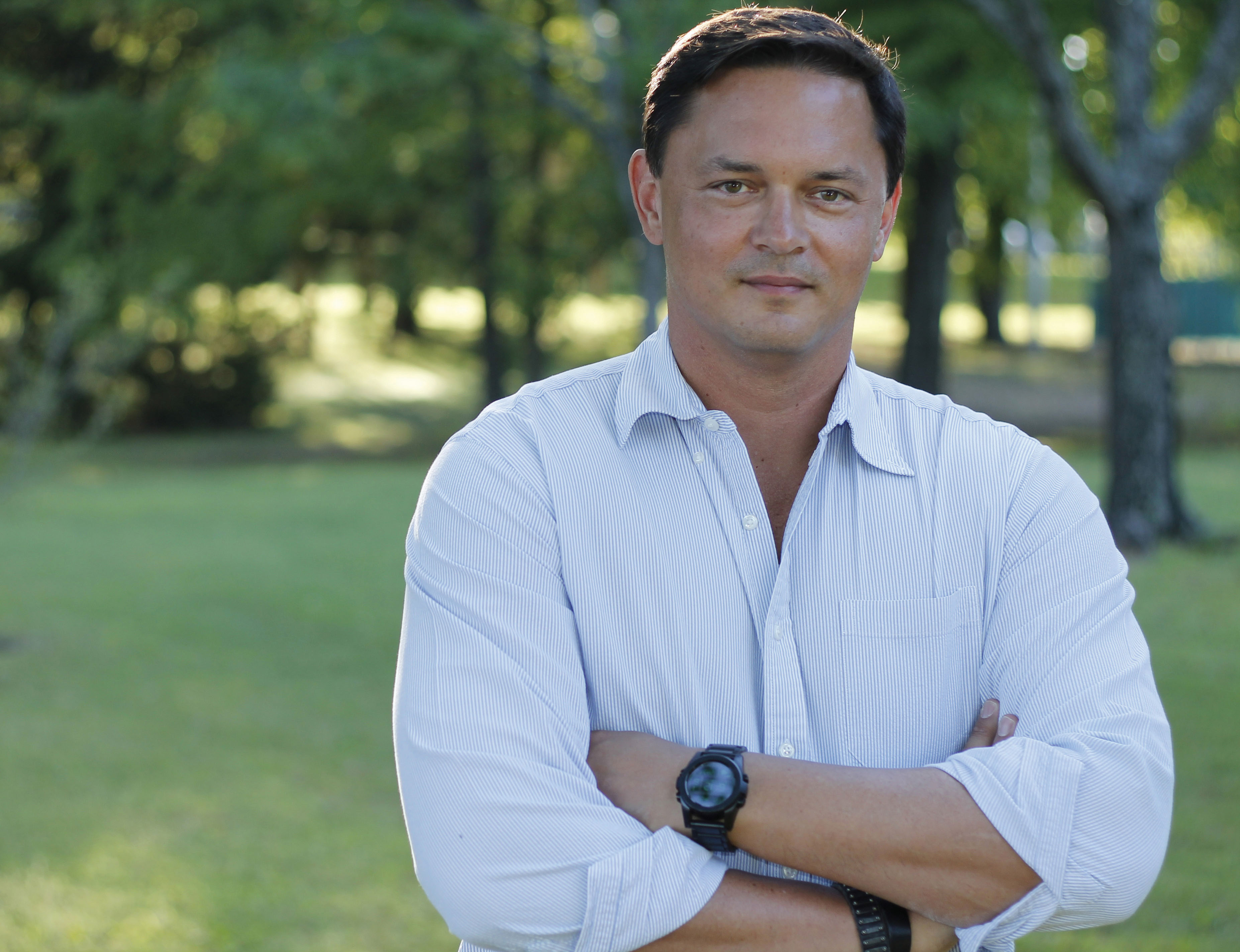
Mark Greaney; Gunmetal Gray (Berkley, Penguin Random House) and Tom Clancy True Faith and Allegiance (Putnam, Penguin Random House); Photo by Carrie Echols.
Describe your newest books: Tom Clancy True Faith and Allegiance is a story about how a massive amount of classified information falls into all the wrong hands around the world, threatening America’s soldiers and spies, and how President Jack Ryan and his intelligence operative son, Jack Jr., try to save those in peril. Gunmetal Gray is the story of an American contract operative sent by the CIA to Hong Kong to locate a Chinese defector on the run from the Mainland. The defector is a computer hacker with knowledge of China’s most coveted digital secrets, and the Gray Man must get to him before he’s either kidnapped or killed by the myriad nations and criminal organizations pursuing him.
The evolution of his writing: I go both deeper and wider with my books now as compared to my early works, and craft them from the beginning with more of an eye toward the end result. I never was a “seat-of-my-pants” writer, but now I think much more about the tone, the level detail that would make the story the most fulfilling for the reader without slowing the action down, and I make other conscious decisions at the beginning that I think lead to a better product at the end.
Collaborating with Tom Clancy: Tom Clancy and I had the same agent at Penguin, Tom Colgan. Clancy was looking for a new writing partner and Colgan had published my first two Gray Man books, and he also knew from conversations that I was a huge Clancy fan. They gave me first shot back in 2011, and Tom Clancy True Faith and Allegiance is my seventh release in the series.
Taking over the Jack Ryan series: After Tom Clancy’s death in 2013, I was asked to continue the series. Obviously it was a huge undertaking, but having already co-written three Jack Ryan novels I felt like I was the right person for the job.
What’s next: I just signed on for two more Gray Man novels, coming out in 2018 and 2019. I have a screenplay I’ve been working on for a while that I’d love to finish and another stand-alone novel in the back of my head, so I’ll definitely be keeping busy.
LINDA FAIRSTEIN
The Synopsis: Each of the books in the Alex Cooper series is set in some landmark area of New York City, against which part of the drama and crime unfolds. In Killer Look, the fashion industry seems to have a lovely face to the world, but as Alex Cooper finds out, it can be quite deadly, too.
The Prologue: I always wanted to write. And suspense and crime novels were a part of my childhood, with my father introducing me to Sherlock Holmes stories and Raymond Chandler books, and also with my love of Nancy Drew books. I went to college to major in English literature. My father was supportive, but practical. He said, “You need to get a career to support yourself.” So I turned to my second passion: the law, and in particular, public service. Eventually I was asked to draw on my experience of prominent rape cases and write the book Sexual Violence. That eventually spawned a whole career in writing, though I’m still a lawyer and do advocacy for crime victims.
The Next Chapter: In July, we’re releasing the next Alex Cooper book, Deadfall, which will be the 19th in the series. More immediately, I’ve just launched a brand-new series geared toward middle schoolers, or anyone who liked Nancy Drew novels. I grew up in the 1950s reading Nancy Drew, and it introduced me to a teenage sleuth who was very smart and solving crimes with her friends. Using that as inspiration, I created a character named Devlin Quick, and her first book in the series is called Into the Lion’s Den.
Meet the Authors
What: LitLunch!
When: February 10, 11:15 a.m.
Where: The Pier Top at Hyatt Regency Pier Sixty-Six
Who: Samantha Ettus, author of The Pie Life: A Guilt-Free Recipe for Success and Satisfaction
What: Night of Literary Feasts, reception and intimate author dinners
When: April 1, 5:30 p.m.
Where: Reception at Hyatt Regency Pier Sixty-Six; dinners at private homes, restaurants and clubs
Who: Authors Jennifer Keishin Armstrong, Robert Olen Butler, Linda Fairstein, Heather Graham, Mark Greaney, Andrew Gross, Yaa Gyasi, Dr. James Hamblin, Sophie Hannah, Debbie Macomber, Juan Martinez, Joyce Maynard, Lawrence Millman, Gareth Russell, Thomas Swick and Linda Thompson
More info: bplfoundation.org
Originally appeared in the Winter 2016 Issue.


